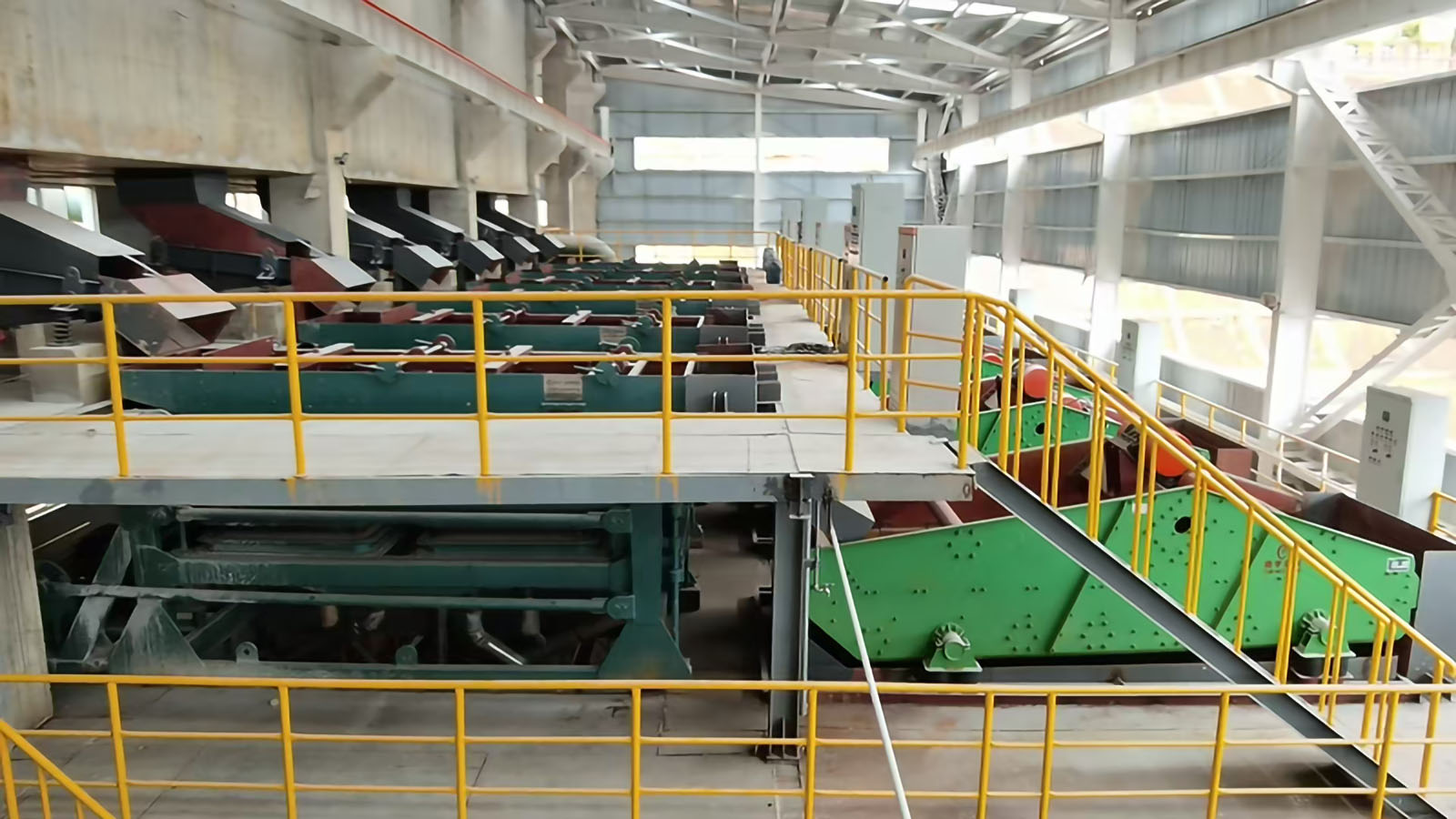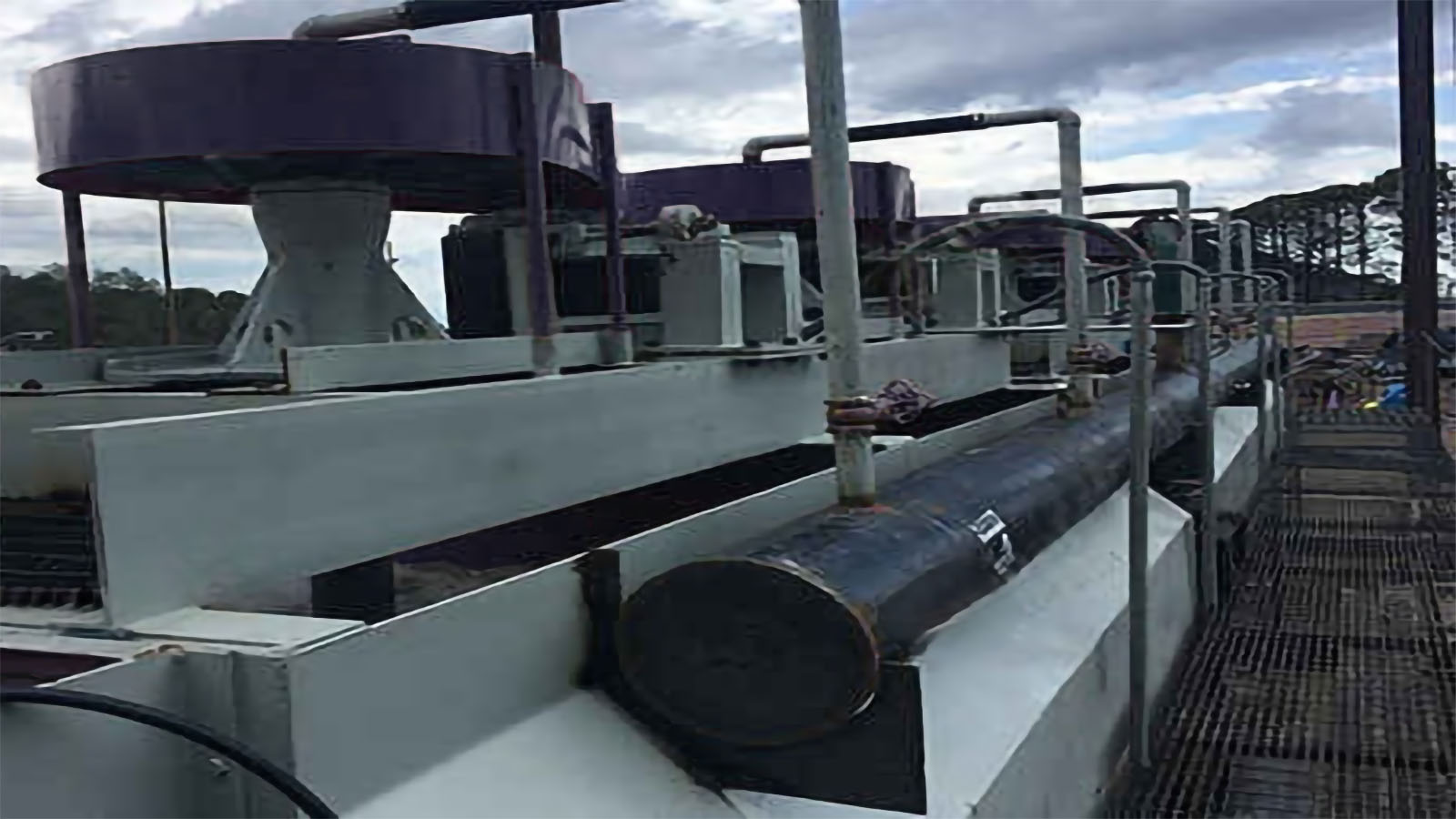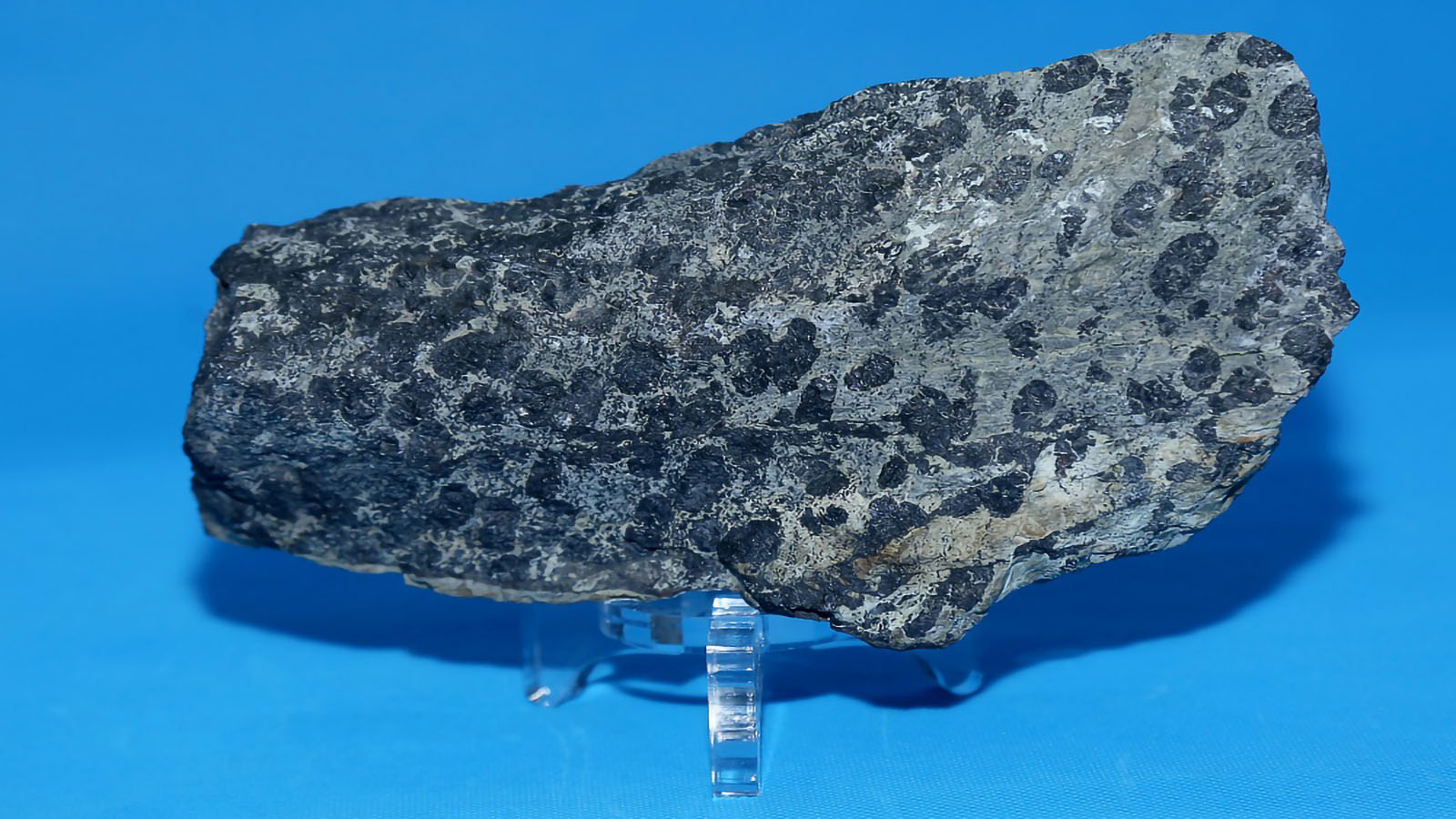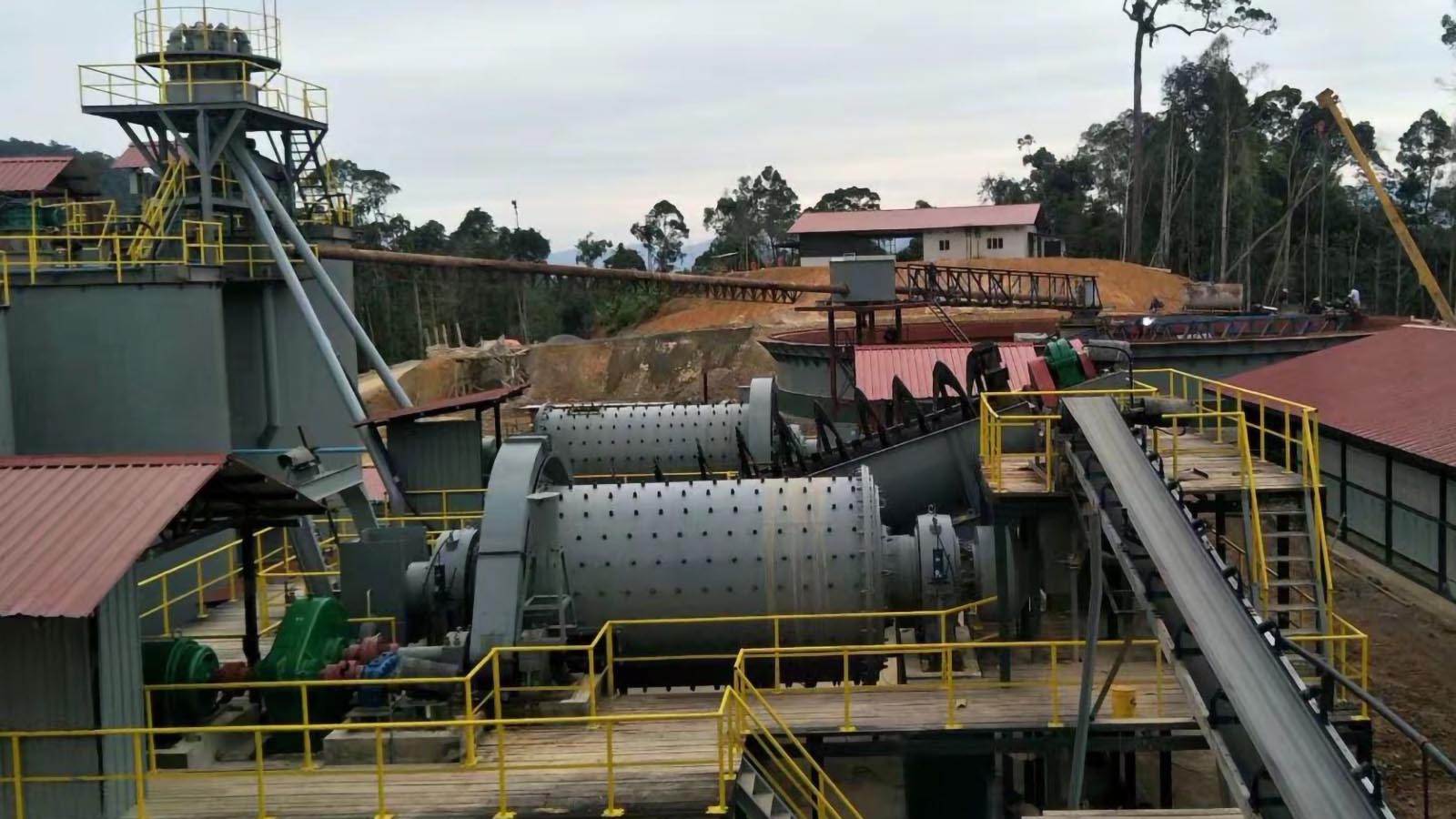
Gravity separation is one of the most important methods in iron ore beneficiation, aiming to concentrate and purify iron ore through physical methods to increase iron grade. As mining resources continue to be exploited, high-grade iron ore resources are gradually diminishing, making the optimization of gravity separation processes and improving efficiency increasingly important. Current mining technology developments have achieved significant breakthroughs in iron ore gravity separation.
Fundamentals of Iron Ore Gravity Separation
1. Introduction to Gravity Separation
Iron ore gravity separation primarily utilizes the specific gravity differences between minerals to separate valuable minerals from gangue through gravitational forces. Gravity separation offers advantages including simple equipment structure, low cost, no reagent requirements, and environmental friendliness. It is commonly used for processing coarse-grained ores and is suitable for iron ores with relatively coarse dissemination. According to technical research, gravity separation is particularly effective for processing iron ore with particle sizes between 2-0.05mm, as minerals within this size range exhibit excellent separation performance in gravity equipment.
2. Key Equipment for Iron Ore Gravity Separation
Key equipment for iron ore gravity separation includes jigs, shaking tables, and centrifugal concentrators. Modern jigs utilize vertical pulsating water flow to achieve stratification of minerals with density differences, achieving separation efficiencies of up to 95%. Advanced shaking tables employ differential motion to create multiple separation zones, completing the separation of concentrate and tailings, suitable for fine particle minerals. Centrifugal concentrators utilize centrifugal forces generated by high-speed rotation to process fine-grained minerals that traditional gravity equipment struggles to effectively separate.
3. Differences in Gravity Separation Processes for Various Iron Ores
Different types of iron ores require different gravity separation processes. Based on years of practical experience, the industry has developed gravity separation processes suitable for various iron ore types: magnetite often employs a weak magnetic-gravity combined process, first removing strongly magnetic minerals through weak magnetic separation before gravity separation to increase grade; hematite typically uses a strong magnetic-gravity process, first discarding tailings through strong magnetic separation before gravity concentration; while limonite uses a washing-gravity process, utilizing heavy medium separation equipment to separate concentrate from tailings.
Strategies for Enhancing Iron Ore Gravity Separation Efficiency
1. Equipment Selection and Configuration Optimization
Through rational selection and configuration of gravity separation equipment, the efficiency of iron ore gravity separation processes can be significantly improved. Process engineers select appropriate jigs, shaking tables, or centrifugal concentrators based on ore characteristics, and configure corresponding crushing and grinding equipment in the process to ensure mineral liberation and enhance beneficiation efficiency. Modern intelligent equipment selection systems can automatically recommend the optimal equipment combination based on ore characteristic data, greatly improving the accuracy of equipment selection.
2. Operational Parameter Adjustments
In the gravity separation process, adjustment of operational parameters is crucial. By optimizing feed concentration, feed rate, pulsation frequency, inclination angle, and other parameters, separation efficiency can be significantly improved, increasing iron concentrate recovery rates by 5-8 percentage points. Additionally, professional maintenance plans ensure that equipment operates in optimal conditions, effectively extending equipment service life and maintaining stable separation performance.
3. Process Integration and Optimization
Effectively combining different mineral processing technologies is an important strategy for optimizing gravity separation. Advanced integrated mineral processing systems combine magnetic separation with gravity separation, efficiently removing impurities at different processing stages to achieve significant improvements in concentrate grade. Furthermore, modern desliming processes and efficient thickening technology effectively solve fine particle recovery challenges, reduce valuable mineral losses, and improve overall recovery rates.
Technological Advancements in Iron Ore Gravity Separation
1. Application of Automation and Intelligent Technologies
The introduction of automation and intelligent technologies provides new means for optimizing iron ore gravity separation. Modern intelligent control systems enable real-time monitoring and automatic adjustment of mineral processing parameters, significantly enhancing processing efficiency and concentrate quality. Built-in intelligent algorithms can automatically adjust process parameters according to feed fluctuations, ensuring process stability and consistency while reducing efficiency fluctuations caused by human intervention.
2. Innovation in New Materials and Technologies
Continuous progress in equipment materials and technological innovation has been achieved. High-wear-resistant nano-composite materials applied to key components of gravity separation equipment have extended equipment service life by over 30%. Breakthroughs in new generation jigging technology and shaking table technology have increased equipment processing capacity by 20%, bringing significant benefits to the optimization of iron ore gravity separation.
3. Application of Environmental Protection and Energy-saving Technologies
Environmental protection and energy-saving technologies are increasingly important in iron ore gravity separation. New energy-saving equipment can reduce energy consumption by 15-20% and decrease environmental pollution. Meanwhile, closed-circuit water recycling systems and tailings dry stacking technology achieve efficient utilization of water resources and environmentally friendly tailings treatment, providing technical support for the sustainable development of mining enterprises.
Continuous Monitoring and Improvement Measures
1. Evaluation Methods for Gravity Separation Performance
To achieve optimization and efficiency improvement in iron ore gravity separation, comprehensive performance evaluation systems need to be established. Through regular testing of concentrate grade, recovery rate, and iron content in tailings, the actual performance of gravity separation processes can be evaluated to identify weaknesses. Online monitoring systems can collect and analyze various process indicators in real-time, providing data support for process optimization.
2. Continuous Improvement Feedback Mechanism
Establishing comprehensive feedback mechanisms is essential to ensure timely problem identification and adjustment during production. Technical teams working closely with operators continuously optimize and improve gravity separation processes based on beneficiation performance feedback, ensuring efficient operation. Regular technical training and remote diagnostic services can enhance independent maintenance and optimization capabilities.
3. Comparative Analysis and Optimization Adjustments
Through laboratory facilities, optimal process combinations and operational parameters can be identified by comparative analysis of different mineral processing techniques. Using a combination of laboratory tests and field trials, process flows and equipment configurations can be continuously optimized to provide customized process solutions, significantly improving mineral processing efficiency and concentrate quality.
Future Outlook for Efficient Iron Ore Gravity Separation
1. Development Trends in Gravity Separation Technology
In the future, iron ore gravity separation will trend toward greater intelligence and environmental friendliness. The development of new generation intelligent mineral processing systems that integrate artificial intelligence, big data analysis, and Internet of Things technologies will achieve comprehensive intelligent control of the separation process. The application of new materials and technologies will further improve equipment efficiency and service life while reducing operating costs.
2. Industry Standard Enhancement and International Benchmarking
With increasing global mining market competition, the industry actively participates in international standard formulation to promote industry standard enhancement. Through international technical exchanges and cooperation, advanced technologies and management experiences are continuously absorbed to improve technical levels and product quality, driving the development of iron ore gravity separation processes.
3. Strategic Direction for Long-term Stable Operation
To achieve long-term stable operation of iron ore gravity separation processes, clear strategic planning has been established in the industry. Through continuous investment in technology research and equipment upgrades, process optimization is ensured, improving iron ore resource utilization efficiency. Comprehensive life cycle service systems provide support from design and installation to operation and maintenance, ensuring efficient and stable equipment operation, creating maximum value for mining enterprises.
Through the implementation of the above strategies and measures, iron ore enterprises can optimize gravity separation processes and improve efficiency, effectively increasing concentrate grades and recovery rates, reducing production costs, and bringing significant economic and social benefits.
Related News

Efficient Recovery of Associated Silver from Lead-Zinc Sulfide Ores: Comparative Analysis of Eight Advanced Flotation Technologies

Industrial Value and Advanced Beneficiation Technologies of Chromite Resources
